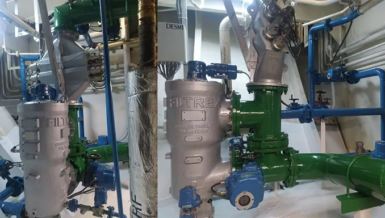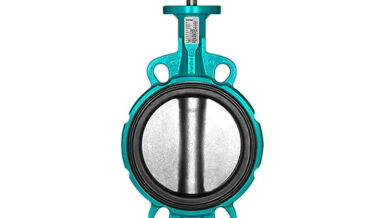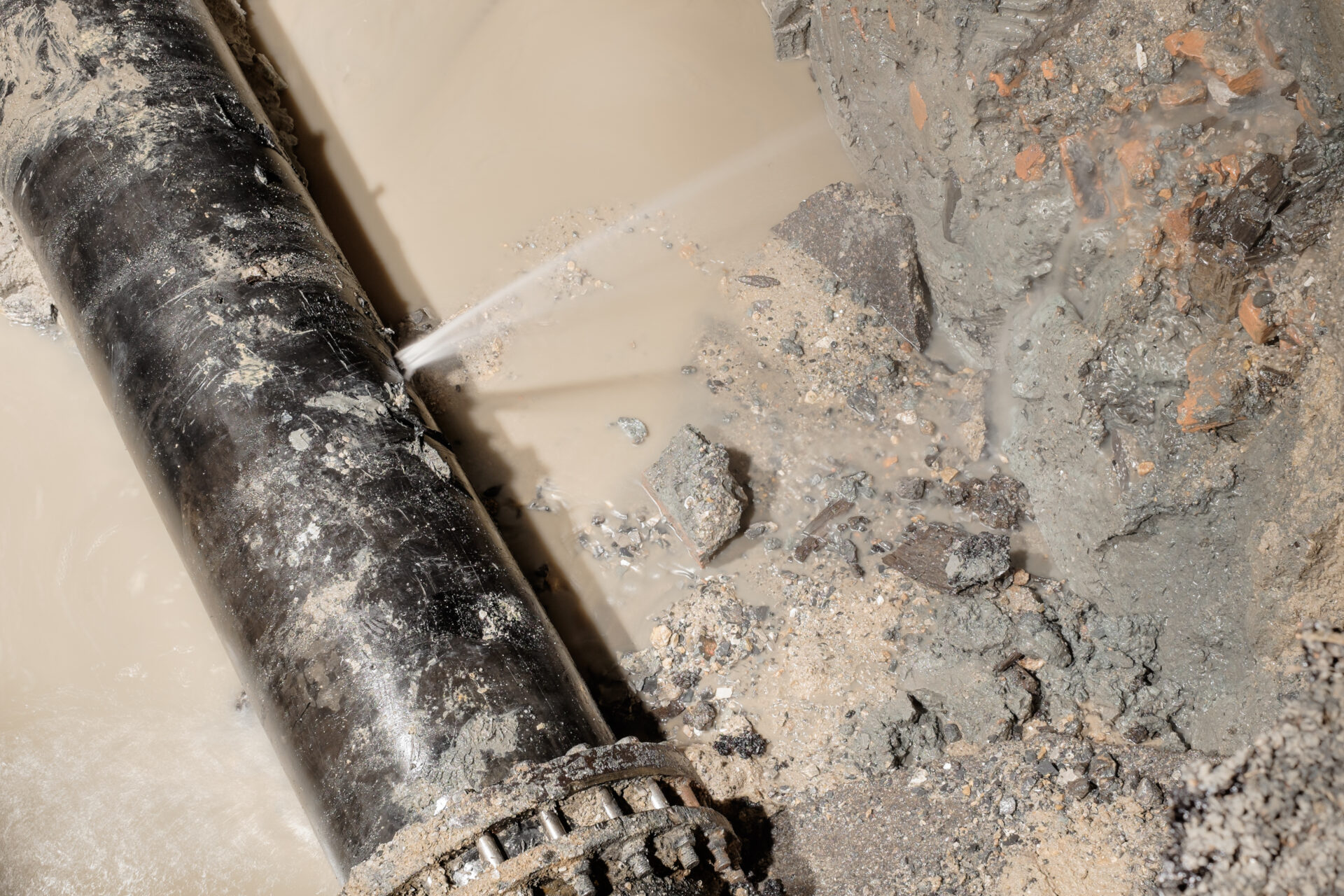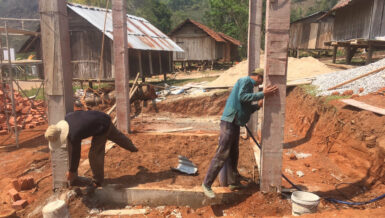In potable water treatment, ozone removes unpleasant odors and flavors. In wastewater, it eliminates trace elements, such as residue from medicines and pesticides. As well as being an agent for oxidation, ozone is also used for disinfection, i.e. removing germs. This is a huge benefit for many applications, such as in aquaculture (breeding fish, mussels, and crabs) as well as when treating cooling and process water.
A consolidated power pack
The new ozone system DULCOZON OZLa from ProMinent is a powerful ozone generation system, which saves a lot of space. Depending on the version, it produces between 380 and 6080 g of ozone per hour. At the same time, it requires up to 70 percent less space than conventional systems and can be easily installed on the wall.
Maximum reliability
DULCOZON OZLa provides excellent reliability for minimum operating costs and can be fitted with up to 16 ozone generator modules. The modules can be controlled separately and operate independently of one another, which improves operational safety. Should one fail, a reserve module can be used instead.
For example, in the treatment of potable water, all processes must run reliably and the systems must be fail-safe. DULCOZON OZLa meets these requirements particularly well with its modules which can each be controlled separately.

Conserves resources and saves money
The system’s consumption of oxygen and energy is automatically adapted to the amount of ozone needed. Thanks to innovative water cooling, considerably less cooling water are also needed than with conventional ozone systems. This conserves resources and cuts the costs of operating materials by up to 15 percent.
Ozone generator modules can be flexibly activated and deactivated as required. The amount of ozone produced can therefore be adapted to fluctuations, for example in a clarification plant where varying volumes of wastewater are treated. Operating costs can thereby be minimized.
The system can be conveniently operated using a touch display and can be monitored and controlled remotely by integrating superordinate controls.












